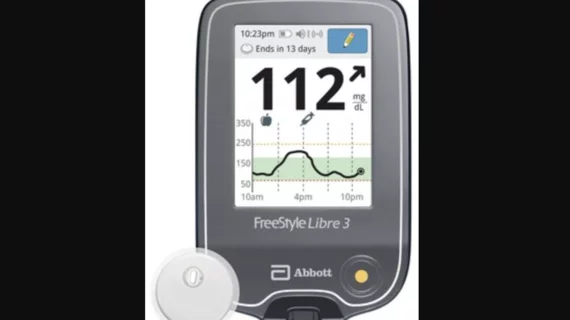UltraSPECT, a leading provider of image reconstruction technology that reduces radiopharmaceutical dose and acquisition time for nuclear medicine (NM) exams, announces today that study data has shown UltraSPECT solutions are a viable method for meeting American Society of Nuclear Cardiology (ASNC) low dose guidelines. Furthermore, technologists are able to rely on their existing imaging protocols, providing added confidence in overall results. UltraSPECT will be demonstrating this solution to conference attendees at the upcoming ASNC Annual Meeting, September 26-29, in Chicago.“What this preliminary data shows us is that healthcare facilities do not have to change their standard imaging protocols to meet ASNC guidelines to lower dose,” explained Gordon DePuey, MD, director of Nuclear Medicine at St. Luke’s-Roosevelt Hospital, New York. “I am looking forward to seeing the great progress that the cardiovascular imaging community can make in 2014 as proven and viable solutions are applied to lower the dose for the benefit of patients and to continue to advance healthcare.”





